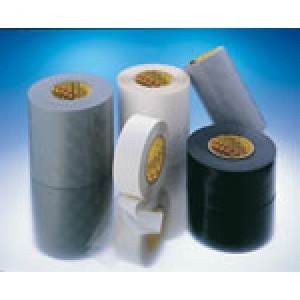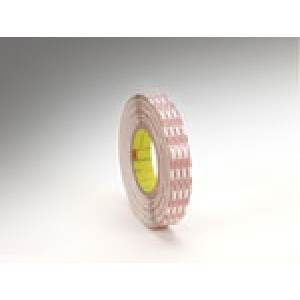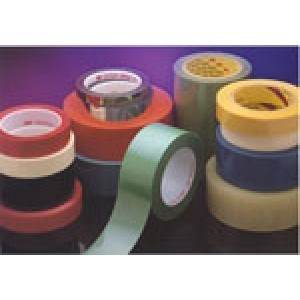

During the past 36 years, the quantity of waste each person creates has increased dramatically from 2.7 to 4.4 pounds per day. The most effective way to reversed this trend is by preventing waste in the first place.
Waste prevention, also know as "source reduction," is the practice of designing, manufacturing, purchasing, or using materials (such as products and packaging) in ways that reduce the amount or toxicity of trash created. Reusing items is another way to stop waste at the source because it delays or avoids that item's entry in the waste collection and disposal system.
Source reduction, including reuse, can help reduce waste disposal and handling costs, because it avoids the costs of recycling, municipal composting, land-filling, and combustion. Source reduction also conserves resources and reduces pollution, including greenhouse gases that contribute to global warming.
IPS is committed to continuing the trend of source reduction and doing our part to provide the products you need to reduce the amount of packaging required and thus reducing the amount waste produced, while improving your bottom line at the same time.
Major benefits to source reduction
- Save Natural Resources
- Toxicity of Waste
- Reduces Costs for Communities, Businesses and Consumers
One product that we can help you reduce waste with is your foam packaging. Our new Microguard Foam is a Polypropylene sheet foam is perfect for protecting easily scratched finishes against vibration and shifting during transit. It is very strong and even reusable, and half the weight of polyethylene. With all these advantages, Microguard has something that sets it apart even more; it is photodegradable! If left in natural sunlight Microguard foam simply break itself down, leaving no trash behind!
Another innovative and source reducing product we can provide you with is high-density film poly bags. These bags can help you a number of ways. Its increased strength allows for a 30-40% downgauge while still outperforming conventional materials. The use of less material provides cost-savings in the switch from low-density film. High density material is inherently high in slip, allowing for the bags to open and be filled easily. Our company is based on innovative ideas like these to help protect our planet as well as keep your company competitive.
To best address a stretch film application, you must first determine the “cost per load”. This is the only way to allow yourself to compare “apples to apples.”
- Step 1 - Divide Roll Price by number of pallets wrapped. ex: 45.00/75 (pallets) (38.4 lb @ $1.17/lb. = 45config.206080) = .60/pallet. This works if all pallets are the same configuration and the wrapper settings remain constant.
- Step 2 - Wrap a pallet using the settings determine by the operator. Cut the film from the completed wrapped pallet. Weigh on a scale that will weigh 2 digits past the decimal point (ie. postage scale).
With the Cut Film, you must now determine the cost:
- Take the cut weight and divide it into the total ounces of film weight. Example 38.4 x 16 = 614.40.
- A weight of 5.5 oz divided into the 614.40 this will equal how many pallets are wrapped (111.7)
- This will determine how many pallets they can wrap.
To determine “Cost per Load” you must have a relative cost of the film they are purchasing.
(EX: $45.00 for 206080 (38.4) you must convert the 38.4 into oz. So, you multiply the weight times 16 (38.4 x 16 = 614.4). You then divide the total ounces of the roll into the roll cost to get a cost per oz. so 45.00/614.40 = .0732 per oz.)
Once you have attained the cut weight:
Multiply it times the cost per oz. In this example it would be the 5.5 time .0732 or $.40 /ld.
These figures become a baseline or benchmark on which to show cost-saving film solutions:
The lower the gauge, the lower the cut weight.The lower the gauge, the higher the cost per pound. The cut weight advantage is far greater than the price per pound increase of premium, “engineered” film at low gauges.









